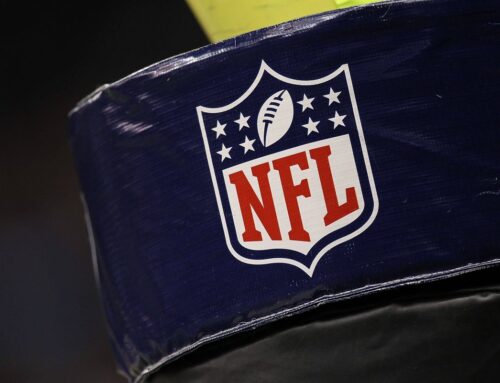Ethereum and XRP Are Facing Off in This 1 Key Segment. Which Will Win?
May 9, 2025
Ethereum (ETH 20.13%) and XRP (XRP 8.67%) are both leading blockchains, but beyond that they don’t seem to have too much in common. Whereas Ethereum is a nexus for decentralized finance (DeFi), the XRP ledger (XRPL) is the opposite, with many platforms and features intended to attract institutional capital from traditional financial players and payment processors.
There is one emerging area where these two chains overlap, however. That segment could be worth trillions of dollars within the next decade. So which of these chains will win, and which is the better option for investors seeking to get exposure to the megatrend in question? Let’s start by clarifying the domain of competition.
A primer on real-world assets
XRP and Ethereum are digital assets that live on blockchains and are managed via self-custody digital wallets and accounts on cryptocurrency exchanges. Your house, car, and stock portfolio are, for the purposes of this conversation, real-world assets (or RWAs for short) that probably aren’t on any blockchain. But if you wanted to put some of those assets onto a blockchain so that you could track and trade them more efficiently than you can currently, you’d need to tokenize them, which is to say, turn them into a crypto token that bears the rights to ownership.

Image source: Getty Images.
And that’s what Ethereum and XRP are going to be competing over: Being the preferred location for investors and companies to park their tokenized real-world assets. While today there are about $22 billion of these tokenized real world assets, by 2030, there could be as many as $16 trillion. Therefore, any chain that makes itself the preferred place to hold such assets will see a major inflow of value that will likely send its price higher.
Ethereum has an early lead, but questionable positioning
Today, Ethereum is the chain with the most value stored in tokenized RWAs, hosting about $6.6 billion in value across eight different asset classes, including stocks, bonds, stablecoins, commodities, and U.S. Treasuries, among others. Across those eight classes, it has a total of 334 RWAs on its chain, though it’s important to note that 54 of those are stablecoins, which are usually not included in a chain’s total RWA value calculations because they’re effectively the same as cash.
Ethereum’s positioning to continue its dominance in capturing a large share of the newly tokenized RWAs is not as strong as it may seem at first. While it’s true that its project ecosystem means it can offer many different RWA platforms, as well as many opportunities to interlink RWA platforms with DeFi applications and other projects on its chain, its biggest weak links are regulatory compliance and its less-than-consistent relations with regulators in general.
Most of the important features that asset managers absolutely must have, like tools to help them maintain compliance with know your customer (KYC) and anti-money laundering (AML) laws, are not natively built into Ethereum’s protocol, though they may be in the future. Instead, users need to navigate a hodgepodge of different platforms, identity verification services, asset issuers, and so on. Each of those may aim to meet standards that are different than what is legally necessary, so users need to vet each element of the compliance stack individually to make sure it is sufficient for their specific needs. That makes the chain inherently less appealing for institutional investors looking for a seamless experience that won’t leave them exposed to legal liability.
XRP’s focus is narrow, but it’s favored by the right people
Whereas Ethereum’s approach is to allow its ecosystem projects to implement their own compliance tooling, or lack thereof, XRP’s approach is to centralize everything into the ledger’s operator, a company called Ripple that issues the crypto XRP, or into the control of real-world asset issuers on its chain.
Compliance features are built into the core protocol and are thus lower friction for users. Trustlines, authorized accounts, account freeze functions, and blacklists allow issuers to enforce strict custody and transfer rules without needing smart contracts like Ethereum does. In other words, compliance is baked in from the top down, and so it requires less work for users.
Overall, that makes XRP a far more appealing place for asset managers to tokenize their holdings. But, at least for now, XRP only has five RWAs on its chain, and four asset classes, with a total value of just $114 million or so. That sum is likely to increase as Ripple continues to build out the ledger to have more features to make compliance even easier so as to attract more institutional capital.
What this means is that XRP is an underdog in the RWA tokenization race today, but it’s likely to be a leader in the future. Could it surpass Ethereum’s RWA value? Probably not this year or next year, but eventually, yes, it could. And given the piecemeal nature of Ethereum’s regulatory compliance regime, it’s a likely outcome in the long term.
Search
RECENT PRESS RELEASES
Related Post



